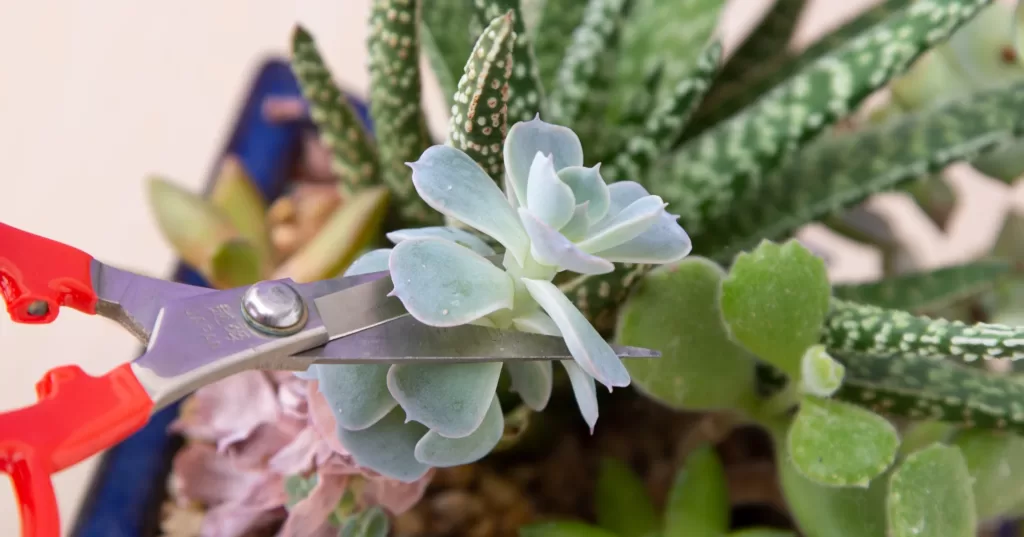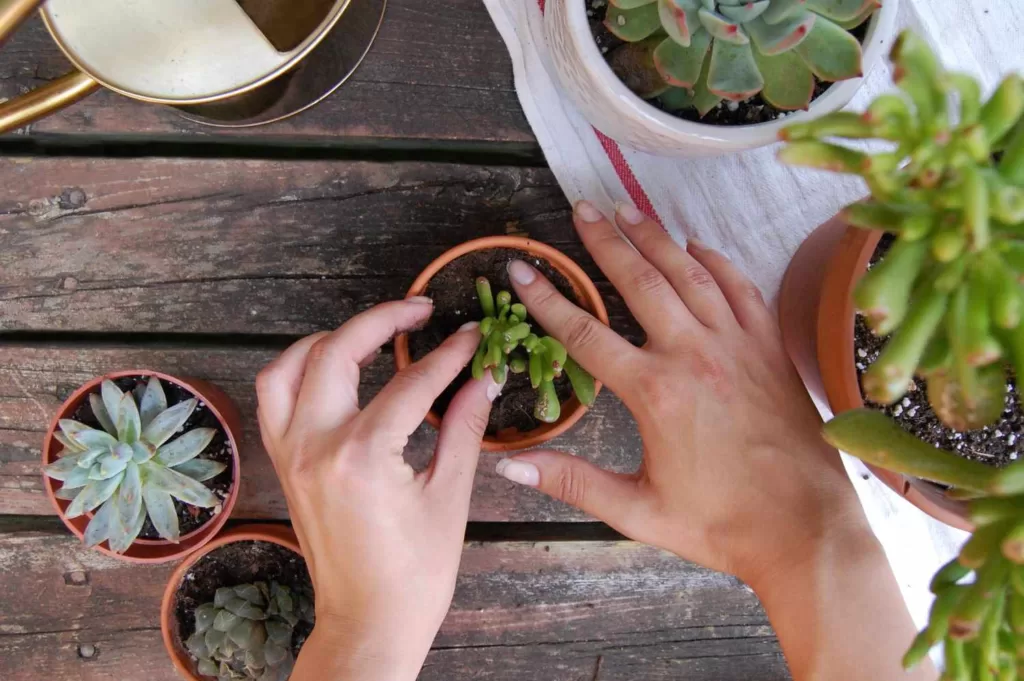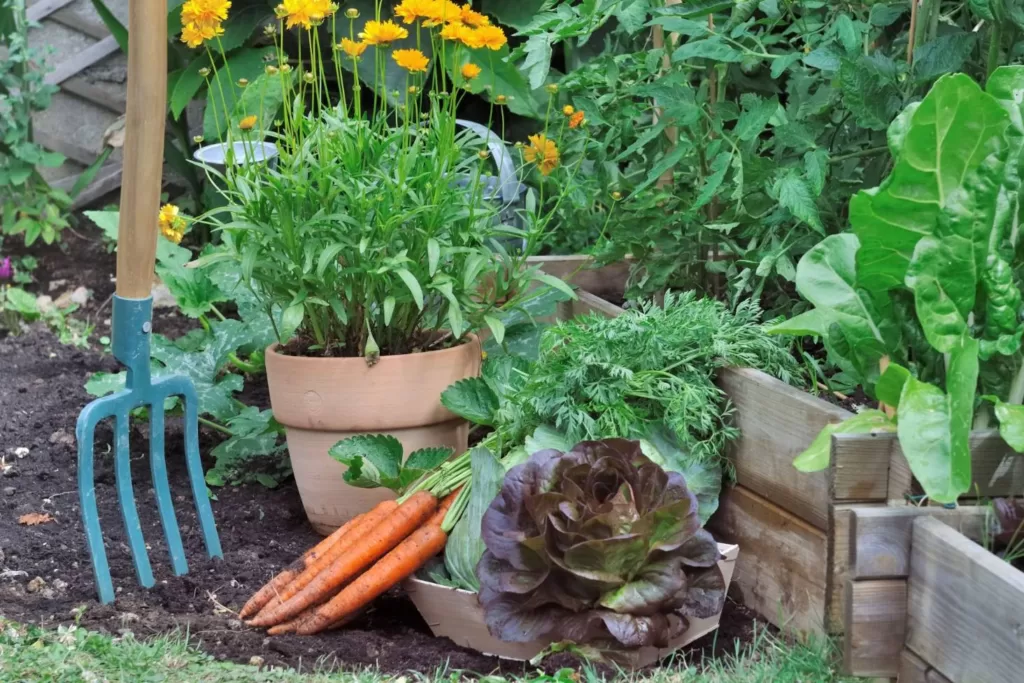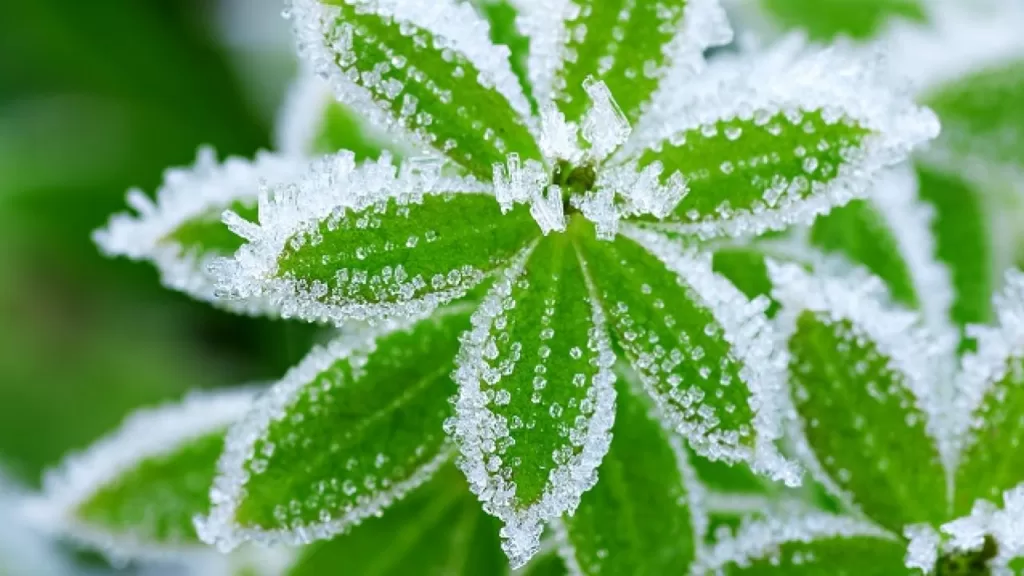Succulents can be pruned or pinched to encourage them to grow wider rather than taller. Pinching or pruning the tips of the plant will encourage it to branch out and grow wider. Additionally, providing the plant with proper light and not over-watering can also help to keep it from getting too tall.
Table of Contents
There are a few other things you can do to encourage your succulents to grow wider:
- Repotting: Repotting your succulents into a wider container will give them more space to spread out and grow wider.
- Provide proper light: Succulents need bright, indirect light to grow. If your succulents are not getting enough light, they may become elongated and leggy as they stretch towards the light.
- Fertilizing: Fertilizing your succulents with a balanced fertilizer will help them to grow strong and healthy, which can also encourage them to grow wider.
- Rotate the pot: Rotating your succulents every few weeks will help them to grow evenly on all sides and avoid becoming elongated.
- Provide good drainage: Good drainage is important for succulents to prevent root rot which can lead to succulent’s death.
- Use a rooting hormone: Applying a rooting hormone to the cuttings of your succulents can encourage them to grow roots more quickly and become more stable when you transfer them to a new container.
Should I pinch back my succulents?
Pinching back succulents can encourage bushier growth and promote the formation of new branches. However, it’s not always necessary and depends on the type of succulent you have and its current growth habit. If the plant is looking leggy or you want to encourage bushier growth, you can pinch back the tips of the stems. Just be sure to use clean, sharp scissors or pruning shears, and make the cut just above a leaf node (the point on the stem where leaves emerge). Pinching back also helps succulents to get bushier and more compact.
What does it mean to pinch a succulent?
Pinching a succulent means to remove the growing tip of a stem, or the terminal bud, by pinching it off with your fingers or using scissors or pruning shears. This process is also known as “pinching out.” Pinching a succulent stem encourages the plant to branch out and create new growth from the leaf nodes, which can result in a bushier, fuller plant. This can be beneficial if your succulent is looking leggy or if you want to encourage bushier growth. It’s important to note that not all succulents will respond well to pinching, and it’s essential to research the specific type of succulent you have before attempting to pinch it.

When should succulents be pruned?
Succulents can be pruned at any time, but the best time to prune them is during the active growing season, which is typically in the spring and summer. Pruning during this time will encourage new growth and promote bushier, fuller plants. However, it’s important to note that not all succulents have the same growing habits and schedule, so it’s best to research the specific type of succulent you have to determine the best time to prune it.
It’s also important to avoid pruning succulents during their dormant period or in the fall or winter, as they may not have enough energy to recover or create new growth. Additionally, it is important to use clean and sharp scissors or pruning shears when pruning succulents, and to make cuts just above a leaf node, which is the point on the stem where leaves emerge.
It’s also important to note that succulents can be propagated by using the cuttings as well, if you are looking to increase the number of plants you have, you can simply let the cutting dry for a day or two, then plant it in a well-draining soil mix.
Can you pinch off the top of a succulent?
Yes, you can pinch off the top of a succulent by removing the growing tip or terminal bud of a stem. This process is also known as “pinching out.” Pinching off the top of a succulent stem encourages the plant to branch out and create new growth from the leaf nodes, which can result in a bushier, fuller plant. However, it’s important to note that not all succulents will respond well to this method, and it’s essential to research the specific type of succulent you have before attempting to pinch it off.
It’s also important to use clean and sharp scissors or pruning shears when pinching off the top of a succulent, and to make cuts just above a leaf node, which is the point on the stem where leaves emerge. You can do this if the plant is getting too tall and leggy, or if you want to encourage bushier growth. Pinching off the top will also help the plant to focus on growing wider and bushier, rather than taller.
How do you pinch succulents?
Pinching succulents is a technique used to encourage bushier growth and promote a fuller, more compact plant. The process involves pinching off the tips of the succulent’s stems to encourage the plant to branch out and produce new growth. Here are the steps to pinch succulents:
- Select a stem that is at least 2 inches long and has at least 2 sets of leaves.
- Using your fingers or a pair of clean, sharp scissors, pinch or cut off the tip of the stem just above the second set of leaves. Be sure to make a clean cut, as a jagged or torn stem can be more prone to disease.
- Repeat the process on other stems as desired, being sure to leave at least 2 sets of leaves on each stem.
- After pinching, it’s important to ensure that the succulent is getting the proper amount of light, water, and fertilizer. Pinching can stress the plant, so it’s important to ensure that the succulent is healthy before and after pinching.
- Keep an eye on the plant and wait for new growth to appear. It may take a few weeks for new growth to appear, but once it does, you should see the plant start to branch out and become bushier.
It’s important to note that not all succulent species are suitable for pinching and some can’t be pinched. Also, pinching is best done during the growing season, usually spring and summer.
Pinching and cutting a succulent has the same effect?
Pinching and cutting a succulent can both be used to encourage bushier growth and promote a fuller, more compact plant, but there are some key differences between the two techniques.
Pinching is the process of removing the tip of a stem with your fingers, and it’s typically done when the stem is still relatively small and pliable. Pinching causes the plant to produce new growth at the point where the stem was pinched, resulting in a bushier plant.
Cutting, on the other hand, involves using scissors or a sharp knife to remove a larger section of stem. Cutting a stem can be done when the stem is larger and more mature. Cutting can also be used to remove diseased or damaged stems, or to shape and control the size of the plant.
Both techniques can be used to encourage bushier growth, but pinch is usually done in the early stages of growth, and cutting is done when the stem is more mature and larger. Both techniques can be used to promote a fuller and more compact plant, but cutting will remove a larger section of stem and may take longer to see new growth compared to pinching.
It’s important to note that not all succulent species respond well to pinching or cutting and some may not be suitable for these techniques. Before attempting to pinch or cut a succulent, it’s a good idea to research the specific needs of the species you have and to consult with experts if you’re unsure.

Should you trim succulents?
Trimming succulents can be beneficial to promote bushier growth and keep the plant looking neat and tidy. Removing dead or yellowing leaves can help to improve the overall appearance of the plant and keep it healthy by allowing it to direct energy to its healthy parts. Trimming away any excess growth that is blocking the light or overcrowding other parts of the plant can also help to improve air circulation and prevent disease.
However, it’s important to be mindful of how much you trim your succulent as over-trimming can damage the plant and may slow down its growth. It’s also important to use clean, sharp scissors or pruning shears, and make cuts just above a leaf node, which is the point on the stem where leaves emerge.
It’s also important to note that not all succulents require frequent trimming, some succulents naturally maintain a compact shape and do not require much maintenance. It’s best to research the specific type of succulent you have to determine the best trimming schedule for your plant.
Where do you pinch Succulent?
When pinching a succulent, it’s best to pinch the stem just above the second set of leaves. This is because when you pinch the stem above the second set of leaves, it will promote new growth at the point where the stem was pinched, resulting in a bushier plant. It’s also important to make sure that you are leaving at least two sets of leaves on each stem after pinching. This will ensure that the plant has enough energy to produce new growth and stay healthy.
When pinching, it’s also important to select a stem that is at least 2 inches long and is healthy, as pinching can stress the plant. It’s best to avoid pinching a stem that is diseased or damaged as it may not be able to recover. It’s also important to remember that not all succulent species are suitable for pinching and some may not respond well to this technique. Before attempting to pinch a succulent, it’s a good idea to research the specific needs of the species you have and to consult with experts if you’re unsure.
In addition to selecting a healthy stem and pinching it above the second set of leaves, it’s also important to consider the timing of the pinching. Pinching is usually done during the growing season, which is typically spring and summer when the plant is actively growing. Pinching during the dormant season may not be as effective and can stress the plant.
It’s also important to note that succulents, like most plants, need proper care and attention to stay healthy. After pinching, it’s important to ensure that the succulent is getting the proper amount of light, water, and fertilizer. Pinching can stress the plant, so it’s important to ensure that the succulent is healthy before and after pinching.
Lastly, it’s a good idea to regularly check the succulent for any signs of stress or disease, such as discoloration, wilting, or brown or black spots on the leaves. If you notice any of these signs, it’s best to take action to address the problem as soon as possible to help the plant recover.Overall, pinching can be an effective way to promote bushier growth and a fuller, more compact plant, but it’s important to approach it with care and knowledge of the specific needs of the succulent species you are working with.
How do I manage my leggy succulents?
Leggy succulents are those that have elongated stems with few leaves and a sparse appearance. Here are some ways to manage leggy succulents:
- Pinching: Pinching back the tips of the stems can encourage bushier growth and promote the formation of new branches. Make sure to use clean, sharp scissors or pruning shears, and make the cut just above a leaf node (the point on the stem where leaves emerge).
- Light: Legginess is often caused by insufficient light. Move your succulent to a location where it can receive more light, but be careful not to place it in direct sunlight, as this can cause sunburn and damage to the leaves.
- Watering: Overwatering or underwatering can cause succulents to become leggy. Make sure to keep the soil evenly moist, but not waterlogged.
- Fertilizing: Succulents may become leggy if they are not getting enough nutrients. Fertilize your succulent with a balanced fertilizer during the active growing season (spring and summer)
- Repotting: Legginess can also be caused by being root-bound, which means the plant has outgrown its pot and its roots have become crowded. Repotting your succulent into a larger pot will give it room to grow and help it maintain a bushier shape.
It’s important to note that not all succulents will respond well to the same methods, and it’s essential to research the specific type of succulent you have to determine the best way to manage leggy growth.

How do you tell if succulent is stressed?
Succulents can show signs of stress through changes in color, texture, and growth. Some signs of stress in succulents include:
- Yellowing or discoloration of leaves
- Wrinkling or shriveling of leaves
- Soft or mushy leaves or stem
- Stunted growth or lack of new growth
- Brown or black spots on leaves
- Wilting or drooping, even when the soil is moist
If you notice any of these signs, it’s important to assess the cause of the stress and take steps to address it, such as adjusting the amount of light, water, or fertilizer the plant receives.
Do succulents like to be touched?
Succulents, like most plants, do not have the ability to feel touch in the way that animals do. However, excessive or rough handling can still damage the plant. Succulents have delicate leaves and stems that can easily be broken or crushed, so it is best to handle them gently and with care. Additionally, the oils and moisture from human hands can cause discoloration, rot or fungal infection to the leaves, so it is best to avoid touching the leaves and only handle the plant by its stem or base when necessary.
succulents are drought-tolerant plants that store water in their leaves, stems, and roots. They are adapted to survive in harsh environments with little water and can thrive in a wide range of conditions. However, they still require proper care to stay healthy.
Excessive handling can cause damage to the leaves and stems of succulents, which can lead to stress and potential health issues for the plant. When handling succulents, it’s best to use clean, dry hands and to hold the plant by its stem or base rather than its leaves. This will help to minimize any damage that could occur.
It’s also important to avoid overcrowding succulents, as this can lead to competition for light and resources. Succulents need plenty of sunlight and well-draining soil, and they should be planted in a container with drainage holes to prevent water from sitting in the bottom. It’s also a good idea to regularly check the succulent for any signs of stress or disease, such as discoloration, wilting, or brown or black spots on the leaves. If you notice any of these signs, it’s best to take action to address the problem as soon as possible to help the plant recover. Overall, succulents are tough plants that can be relatively low maintenance, but they still require proper care and attention to stay healthy.







